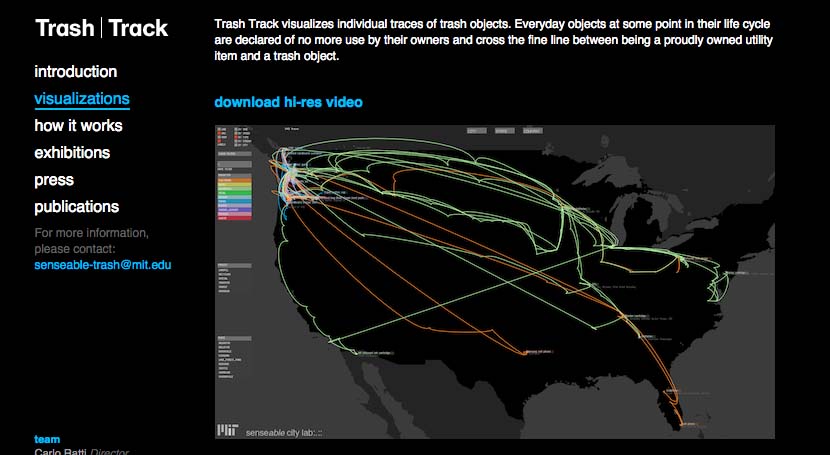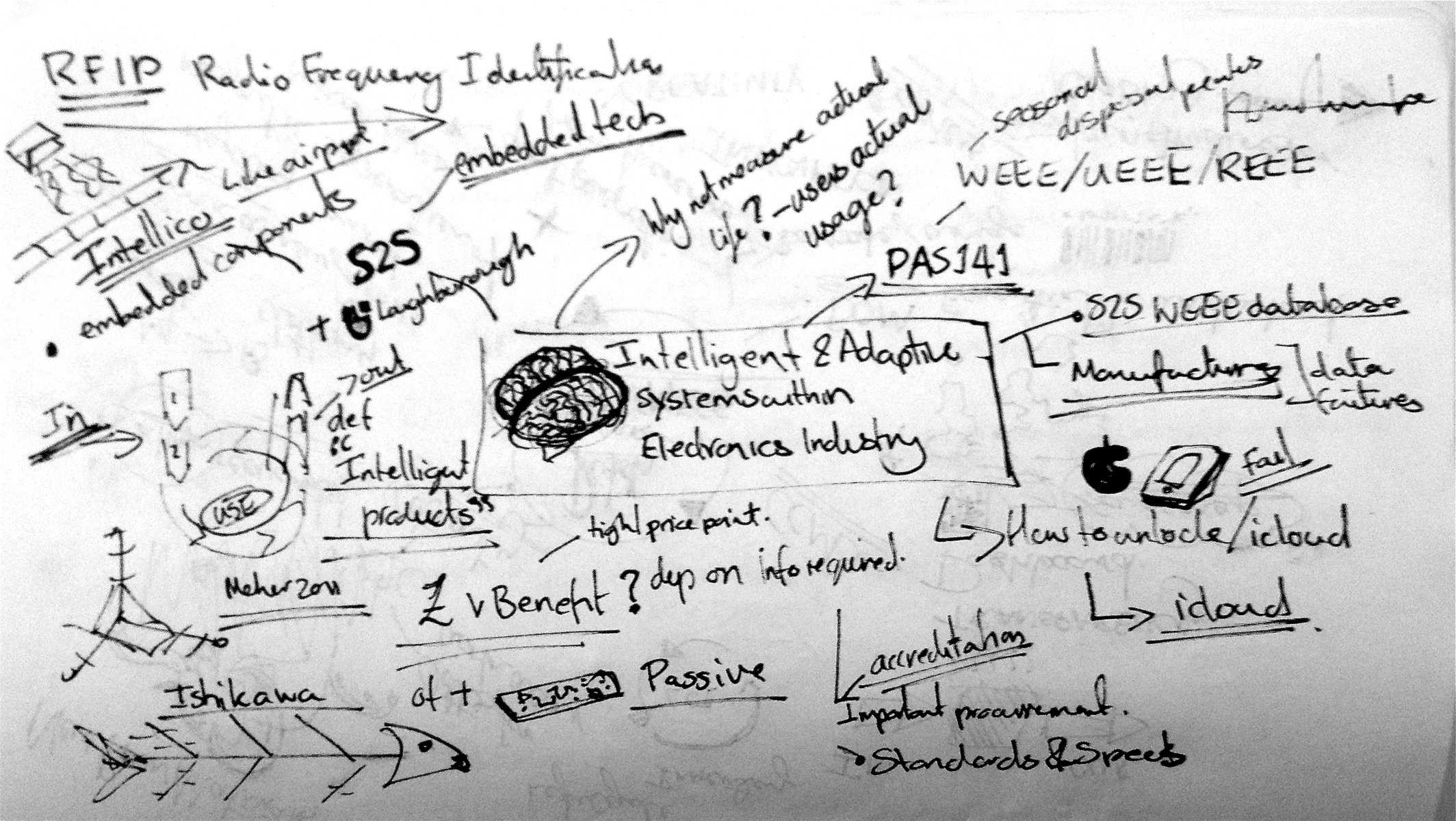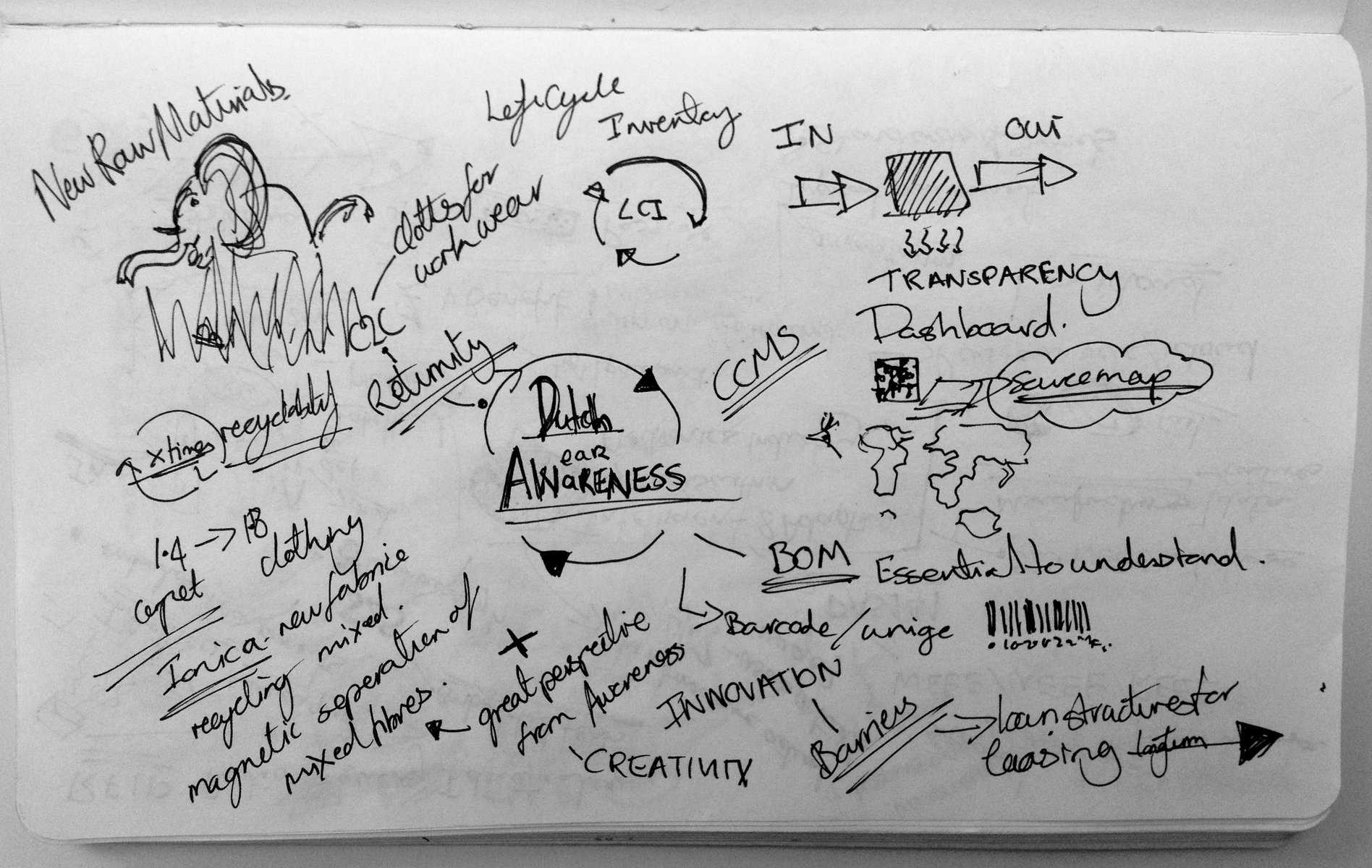On Monday I was lucky enough to be able to attend The Great Recovery workshop on Material Tracking and Tracing in a Circular Economy at the Fab Lab London. This was looking at examples from around the world that both raised the reasons for the need for this in the current system while also raising the question about why there is the complexity and problem in the first place and the continual evolution of the sector. Speakers included Tomas Diez from the Barcelona Fab Lab and IAAC, Dr KateGoldsworthy from the Textiles Environment Design (TED) and Mistra FF as well as live links to sustainable textile company Dutch aWEARness.
Ultimately as our populations and cities have been growing, so have our industries, our consumption and the amount and sophistication of our surrounding technologies. This has also steadily been increasing the movement, distance travelled, quantities and variety of materials that are being:
mined, processed, cut, created, woven, compounded, bonded, shaped, molded, stretched, vacuum formed, PVD coated, engineered, extruded, injected, rubberised, laminated, coated, plated, reinforced, strengthened, smelted, melted, grown,……produced, fixed, joined, glued, fastened, snap fastened, screwed, bought, owned, used and disposed……….
and so enter the latest James Bond, filtered down spy, military and lab technology now reaching mass market and found in the form of everyday devices such as GPS in our mobiles. This now enables us to track and follow a variety of material and product flows in different forms and the technologies and approaches to this are continually innovating and evolving.

An experiment/ project from the MIT Senseable Lab – Trash Track – showed the complicated routes our disposal takes through adding tracking devices on various products. This is a similar approach that Greenpeace took to following the “recycling” of E-waste a few years ago. The organisation Sourcemap now also facilitates supply chain mapping and traceability, particularly at the front end of manufacturing..
As we look at this complicated system from a Circular Economy perspective or at the web of materials coming together from around the word, the wide variety of experiences it will have had along the way, the new ones it combines with in a product and then used by someone somewhere, perhaps on the other side of the world, before it reaches its end of ownership – the full extent of the complexity can be appreciated.
“So then you say you want to get which material or product back to be reused or recycled???”

Some of the speakers brought this and other considerations to life with a variety of great examples and projects ( including some nice links that could be good to build on and explore further for the upcoming Open Source Circular Economy Days).
From the products and PCBs that can tell you who they are and what had happened to them, open source beehives to smart citizens, material journeys, elephant grass, RFID, smart magnets, tree ring like cellulose coding and more, I felt an overarching, or almost invisible battle going on between the tech and innovation to support this and the human side or some of our ultimate current consumptive behaviours.
Alongside the technical innovation and approaches we need to consider and engage the role of the citizen more, underlying values and the front-end business and system changes required. Can we carry on as we are in a mode of “don’t worry we have tracked and traced it and have or will figure out how to separate this from that” or need to ensure a greater balance of the two?
But yes, first we need to know more, then we need to stepback and question it…… and lets face it, BIG changes need to be made.
